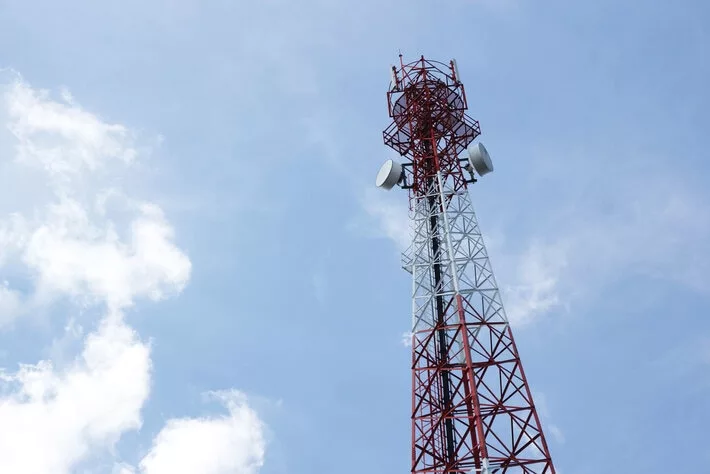Nokia and Elisa announced that they have completed the industry’s initial trial of Cloud RAN powered by In-Line acceleration. The trial took place at Elisa’s headquarters in Finland and utilised its commercial 5G Standalone RAN (radio access network) and 5G Core.
The trial builds on Nokia’s anyRAN approach, introduced to ensure the feature richness, energy efficiency, and high performance of Cloud RAN compared to purpose-built RAN. Using In-Line layer 1 (L1) acceleration ensures each of these aspects while enabling flexibility to select between x86 and ARM-based ecosystems.
The test run took place in an over-the-air environment, utilising 100MHz cells on the n78 spectrum band (3.5 GHz band), which globally is the most common 5G capacity band. Data calls were performed with a selection of both test and commercial user devices. The trial followed a Nokia reference design with a CaaS (Communication as a Service) layer from RedHat as well as an x86 server architecture. The feature performance delivered by Nokia’s anyRAN approach enabled immediate interoperability with 5G user equipment and Elisa’s 5G core network.
Elisa is pursuing network cloudification. The first commercial deployments are expected to take place over the next few years in Finland and will continue the cloudification evolution seen in core networks. Cloudification will deliver higher levels of network automation supporting the flexibility and agility of end-user service provisioning.
Nokia’s anyRAN is an open approach to building future-ready radio access networks together with an ecosystem of industry partners, which unlocks a collaborative advantage. It’s designed to give mobile operators and enterprises more flexibility in their choice of cloud infrastructure software, hardware, and technology suppliers. With Nokia, operators have the opportunity to evolve to Hybrid RAN with both Cloud RAN and purpose-built RAN deployments co-existing to deliver a consistent, high-quality performance.
“Elisa is a pioneer in automation and in introducing the benefits of network cloudification to Finnish customers. This first call using Cloud RAN is a remarkable milestone on our cloudification journey,” says Markus Kinnunen, vice president for cloud services at Elisa. “After already taking the first steps in cloudifying the telco network core, this transformation is now also expanding towards the access network.”
Kinnunen highlighted that the key benefits of Cloud RAN include the diverse network service platforms and scalability for different kinds of customer needs. “In the future, we can provide more agile network services to our customers, whose network usage is transforming closer to the network edge.”
“This important trial with our long-term partner, Elisa, confirms the effectiveness and maturity of Nokia’s anyRAN approach and our open Cloud RAN architecture powered by In-Line L1 acceleration,” says Mark Atkinson, head of RAN at Nokia. “Unlike other suppliers, we commit to feature parity between Cloud RAN and purpose-built RAN and we ensure that our customers can flexibly evolve to Cloud RAN with choices in cloud infrastructure and data centre hardware.”
Atkinson mentioned that “Nokia’s approach to Cloud RAN means we will partner with communication service providers (CSPs) and enterprises to drive efficiency, innovation, openness and scale in their RAN evolution.”
Comment on this article below or via X: @VanillaPlus






